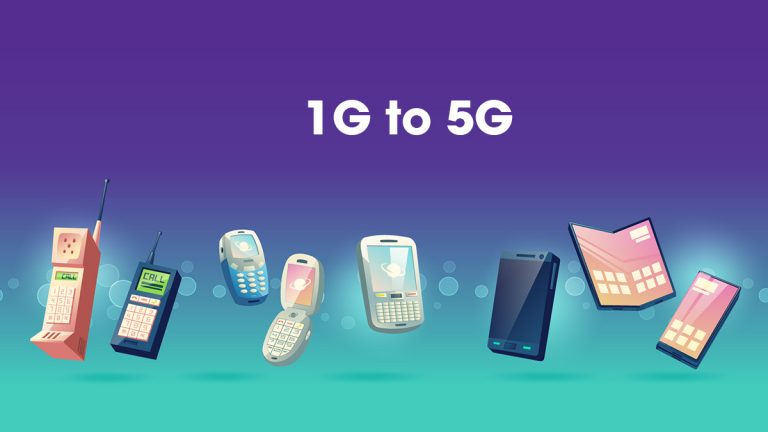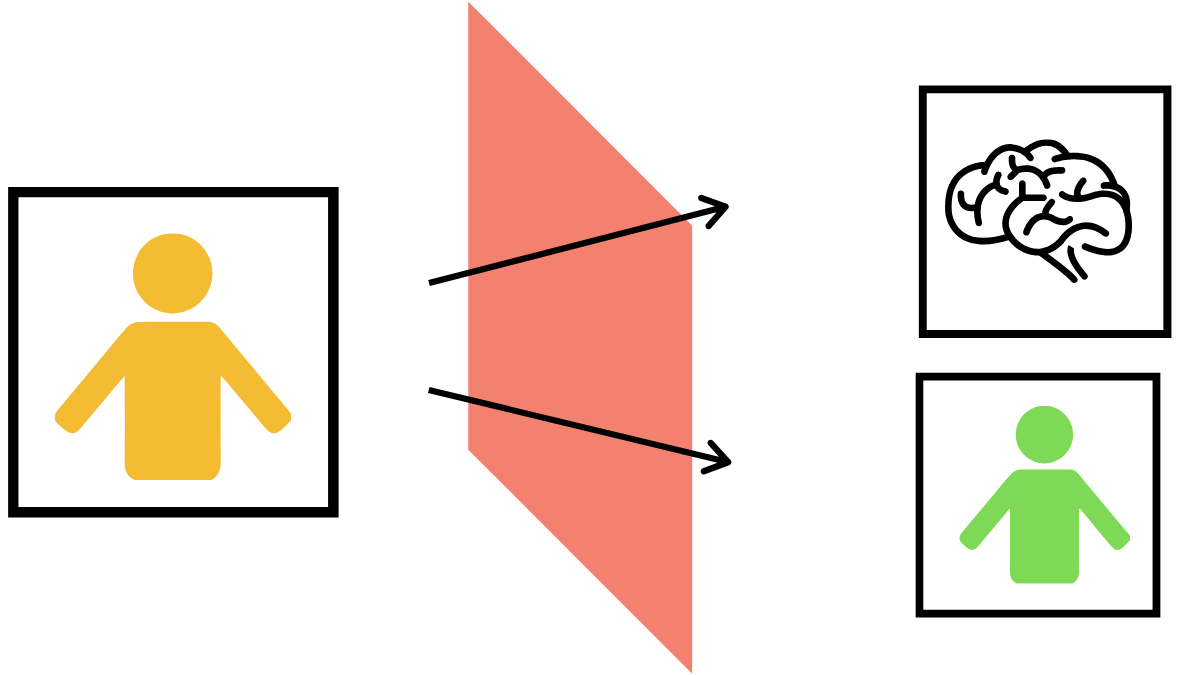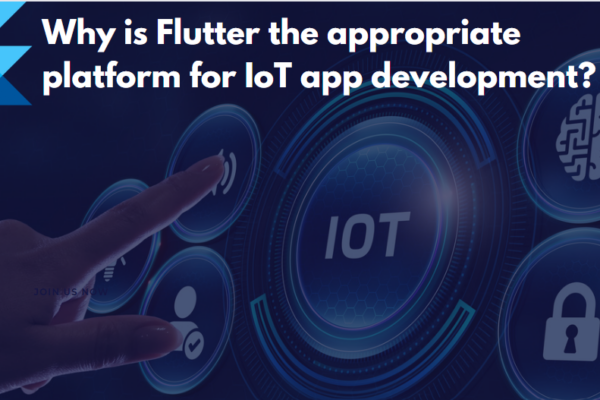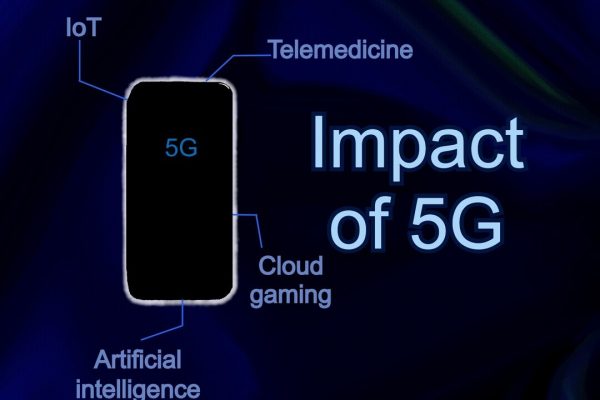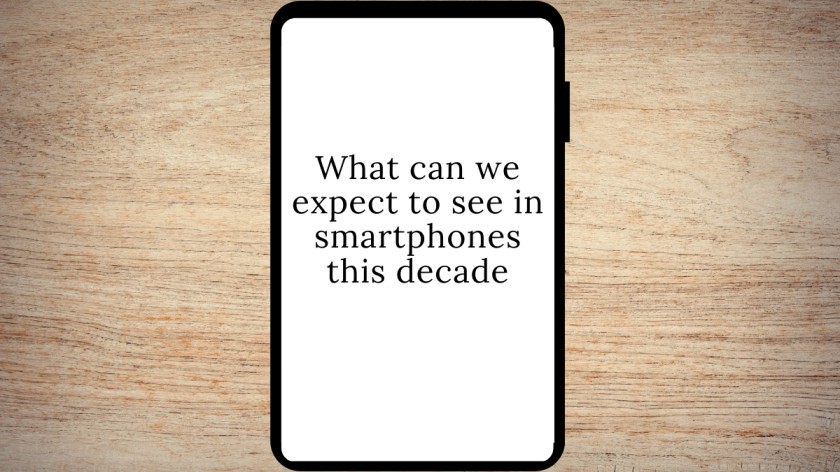Mobile phone technology has undergone huge changes since the first generation telecommunication standard was first introduced in the 1980s. The number of cellphones have exploded since then, and mobile communication has become smoother, with better audio and battery quality. In the past two decades, internet access on mobile phones have become common.
Let’s have a look at the history of mobile phone communication technologies that have existed and are in existence today.
Before 1G
Before 1G mobile devices, there existed 0G devices or precellular devices. These were vehicle-mounted mobile telephone systems. These devices were placed in the vehicle’s trunk with a dial and handset placed near the driver’s seat. The first mobile telephone system was first operated by Motorola along with Bell Systems.
In 1964, Bell Systems launched the first automated mobile telephone system IMTS(Improved Mobile Telephone System), which eliminated the need for a live operator and allowed full-duplex operation so that both the parties could talk at the same time. It was VHF/UHF radio that linked to the public telephone network.
There are some classifications in which these commercially available systems are considered to be .5G while the earlier push to talk systems used by police radio or taxi dispatch are considered to be 0G.
1st Generation Technology
The first generation technology was not called that when it was first launched, only after the introduction of 2G the earlier technology was called 1G. These first-generation cell phones used analog transmission to communicate. In analog communication, information is carried as a continuous signal which varies in phase or amplitude in reference to the information carried.
The first-ever 1G technology was introduced by Nippon Telephone and Telegraph in 1979. By 1981, Nordic Mobile Telephone(NMT), one of the first 1G standards, was launched in Nordic countries like Denmark, Norway, and Sweden. The NMT standard allowed international roaming, allowing users on different carriers to communicate with each other.
Advanced Mobile Phone System or AMPS used in North America and Australia, and TACS or Total Access Communication System used in the UK were the other two popular standards for 1G.
A frequency range from 150 MHz to 900 MHz were used for communication in 1G. 1G technology was limited by its voice-only capabilities, and lack of security. Phones had poor battery life and call drop was very common, and phones were quite large to accommodate large antennas needed for the system.
These limitations were overcome to an extent through 2G technology.
2G technology
The second-generation technology came 10 years after the introduction of NMT in the Nordic countries. The 2G technology also began in a Nordic country, Finland. In 1991, Radiolinja commercially introduced the first 2G networks which used the GSM standards. Later General Packet Radio Service (GPRS) and Enhanced Data rates for GSM Evolution (EDGE) came up with higher data speeds.
2G technology brought in fully digital encrypted communication which improved the security significantly. It also introduced text, images, and MMS services and mobile internet. Compared to 1G, voice quality improved and call drops were reduced. Through EDGE which is often referred to as 2.75G, speeds of up to 1Mbps were possible. The digital transmission also improved battery life and reduced the size of the phones.
While the first generation used FDMA for access, which gave one frequency to one person, the second generation used TDMA or CDMA, which allowed for more users. In TDMA, each user is assigned a time slot to send data through a frequency band. In CDMA, individual conversations were encoded by a pseudo-random number sequence and allowed for even more users and faster data transfer.
While 2G technology allowed internet access through cell phones, it was nowhere near fast. Then came 3G technology
3G
3G made video calls possible for the first time. It was first launched for commercial use in 2001, based on the IMT – 2000 standards laid down by the International Telecommunication Union. Two different organizations, 3GPP(3rd Generation Partnership Project) and 3GPP2 were formed to foster the development of 3G networks from GSM and CDMA2000.
3GPP went through GPRS, EDGE, WCDMA(Wideband CDMA), and HSPA(HighSpeed Packet Access) to HSPA+. And 3GPP2, evolved from CDMA- 2000 to EVDO Rev B.
3G networks offered speeds up to 5Mbps. This was made possible by packet switching data transmission compared to the circuit switching data transmission of earlier networks.
In packet switching networks, the data is broken into individual packets and sent over different paths parallelly. In earlier PSTN(Public Switched Telephone Networks) networks, a dedicated connection or path is established and all the data packets were sent serially one after the other. This also made it possible for users to pay for data used, instead of time spent.
The main technology adopted for 3G was WCDMA, and the networks used frequencies from 1.6GHz to 2.0GHz. Technologies like HSPA and HSPA+ are sometimes referred to as 3.5G or 3.75G.
The arrival of 3G led to a significant increase in mobile internet users. Rather than doing the bare minimum using mobile internet, users were now able to video call and watch TV on their phones. 3G technology also improved the encryption on their phones, and further reduced the size of mobile devices, There was also a significant improvement in battery life.
Then came 4G.
The fourth-generation technology is currently being used worldwide and was first launched in Oslo and Stockholm by Telia Sonera in 2009. The specifications were laid out by 3GPP, but the ITU-Radio sector specified that a true 4G network should have speeds of up to 1Gigabits per second. So until 2010, when 3GPP released LTE A, true 4G was not available, and the networks before it are referred to as pre 4G.
4G networks rely on frequencies from 2.0GHz to 8GHz for communication. 4G uses Internet Protocol based communication such as IP telephony. While 3GPP worked on LTE, a similar but different approach was developed by IEEE, called WiMAX. Both of them achieved the ITU-R standards, but WiMAX was developed with new deployments in mind, while LTE was developed to evolve from existing networks.
The arrival of 4G created a boom in internet usage on smartphones. Video content on social media increased, video calls became more popular, and even though broadband internet was still faster, for the average person, the difference was not that apparent anymore. VoLTE, an extension of LTE, made it possible to have high-quality calls over 4G. But even 4G was not enough for mission-critical applications.
To achieve faster networks and lower latency, 5G standards were developed.
5G
While companies began deploying 5G in late 2019, it is still not available all over the world. Mobile phones that support 5G are still not mainstream. And while speculations remain over the impact of 5G, the actual effects of 5G networks may not be felt at least for a couple of years.
5G networks use frequencies from 3GHz to 10GHz. Depending on the frequency range, 5G networks are classified into three; low band, mid-band, and high band mmwaves. The main increase in speeds with 5G is due to their use of higher frequency waves. And because of this, 5G towers have a lower range.
This low range is particularly felt for the 5G networks using mmwaves. They’re the fastest among all frequency ranges, but they have low penetrating power and get severely attenuated by some walls and buildings. They require a larger number of towers because of this. But low band networks use similar frequencies as that of 4G networks and they are the slowest of the three and have the highest range. Midband networks have speeds and range in between those of mm-wave networks and low band networks.
More than the speed, the key focus of the 5G network is the low latency offered. Compared to 4G networks, 5G networks will have remarkably lower latency. Which means, for the average user, a better cloud gaming experience. But this also has the potential to accelerate telemedicine and self-driving tech. Lower latency will make it easier to adopt 5G in mission-critical situations. 5G may create quite a revolution in the field of telecommunication, IoT, and other fields.
